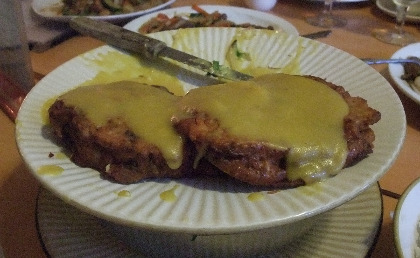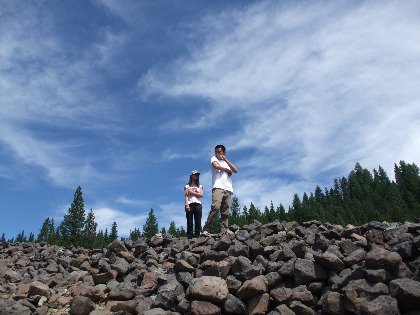Tour participants might not have noticed it on Day 1 of the Chinese Heritage Tour of the American West. But food and water magically appeared at different intervals as the bus rolled down the highway.
Think sandwiches, cookies, Vitamin C candy, Chinese candy, chips, chocolate mints, fruit gummies, crackers, bottled water, peanuts and granola bars (different kinds). In fact, you might have forgotten that some of these munchies existed had you not sat down on the tour bus.
So what do these supplies look like?


